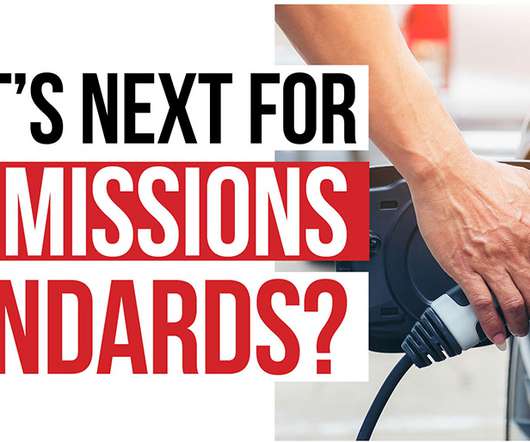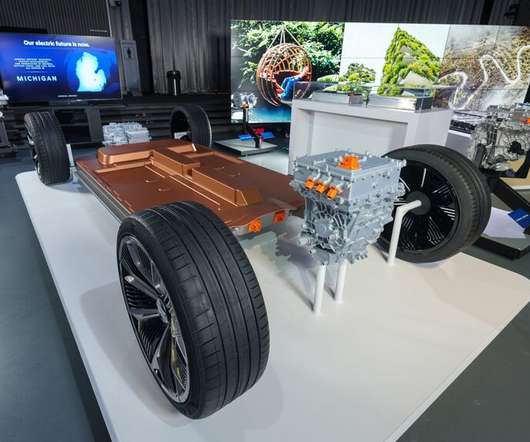EEA says industrial air pollution cost Europe up to €169 billion in 2009; some 37% attributed to CO2
Green Car Congress
NOVEMBER 26, 2011
Aggregated damage costs by pollutant. Air pollution from the 10,000 largest polluting facilities in Europe cost citizens between €102–169 billion (US$135–224 billion) in 2009, according to a new report from the European Environment Agency (EEA) which analyzed the costs of harm to health and the environment caused by air pollution.


















Let's personalize your content